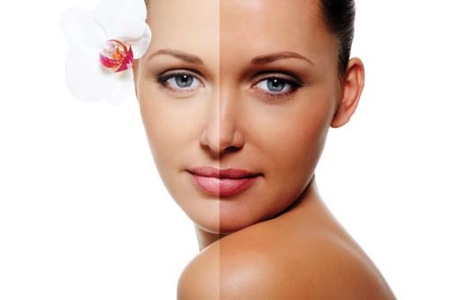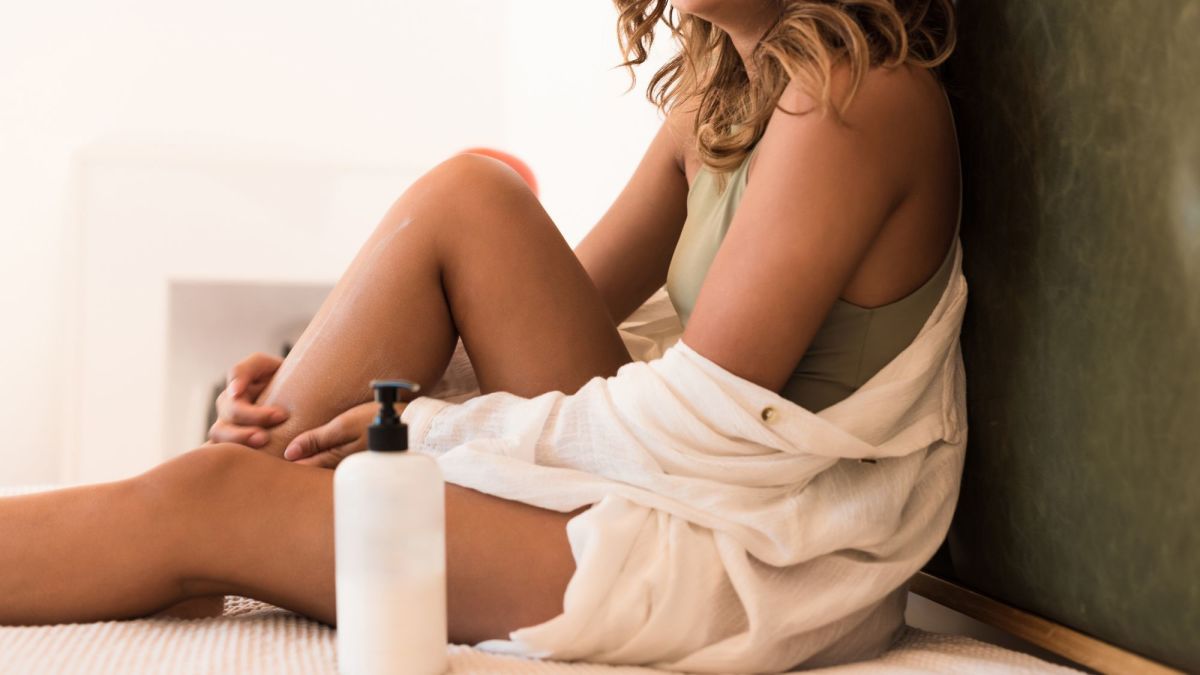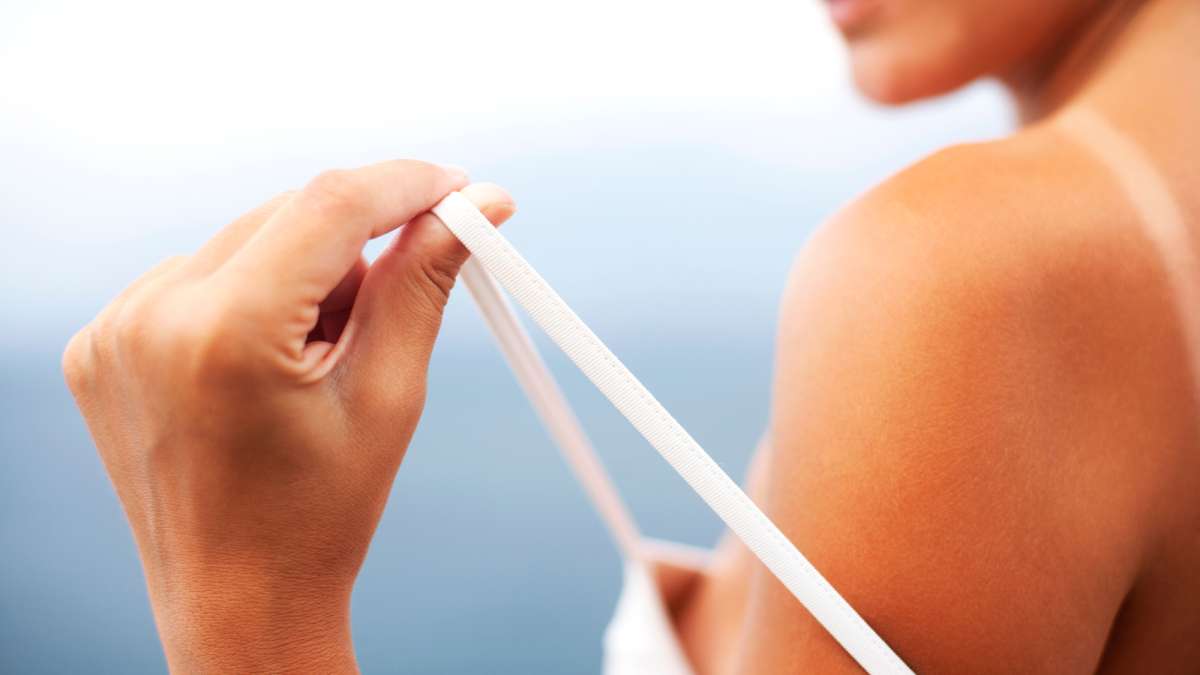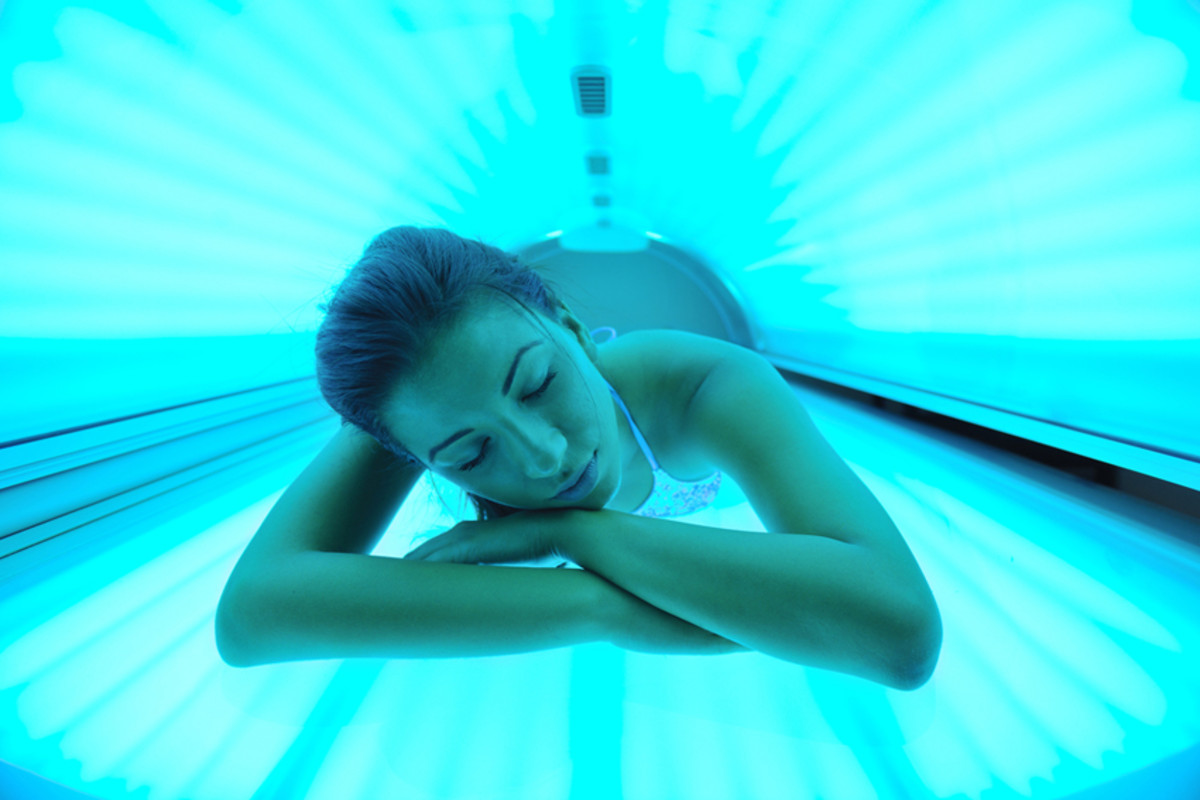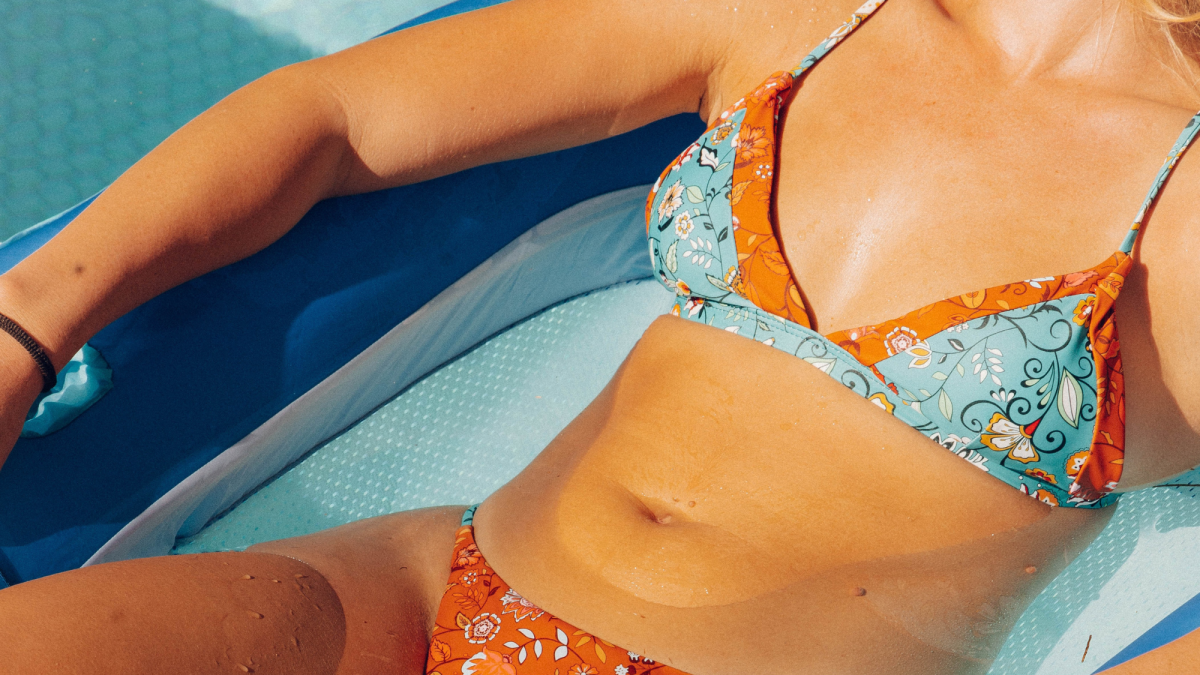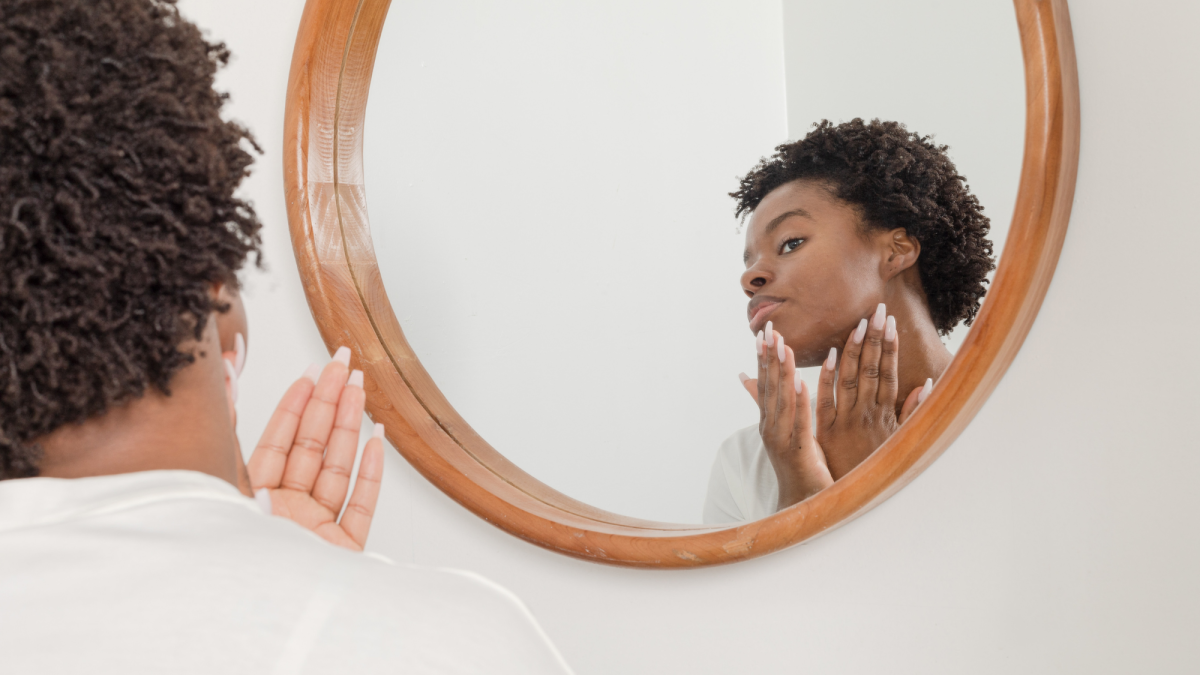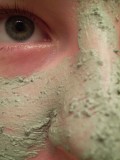Tanning Tips: Get Started UV Tanning
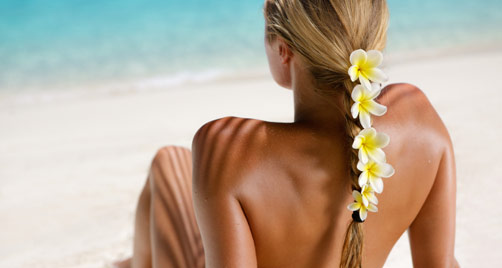
Quick Reminder: Pros and Cons of Indoor Tanning
You have probably already considered the pros and cons of tanning, but a reminder of a few big ones never hurts.
Cons
1. OK, here's the big, obvious con: Indoor tanning is bad for your skin. Research shows that overexposure to UV rays is just never good, and does indeed increase your likelihood of getting skin cancer in the future. Here are some links leading to sites that can teach you more about the risks of indoor and outdoor tanning:
http://www.cdc.gov/cancer/skin/basic_info/indoor_tanning.htm
http://www.fda.gov/ForConsumers/ConsumerUpdates/ucm350790.htm
http://www.skincancer.org/healthy-lifestyle/tanning
Now, indoor tanning isn't all that different from outdoor tanning--what makes it worse sometimes is constantly exposing your skin to these rays. One indoor tanning session approximates to four hours of lying outdoors in the sun. Imagine the amount of UV exposure those that tan every single day are experiencing: about twenty-eight hours of bare skin in the sun each week.
If you really don't feel good about tanning in the UV beds, another option is spray tanning. This seems scary at first, too, but it doesn't do any damage to your skin whatsoever. Here's the link to my HubPage about spray tanning, as well as some other links about spray tanning:
http://rachaelriner.hubpages.com/hub/Tanning-Tips-The-Ins-and-Outs-of-Spray-Tanning
http://www.spray-tan-byron-bay.com/spray-tanning-tips.html
http://www.selftanning.com/what-is-spray-tanning/
2. Another con is money. Depending on where you're at and how popular indoor tanning is there, tanning can get pretty pricey.
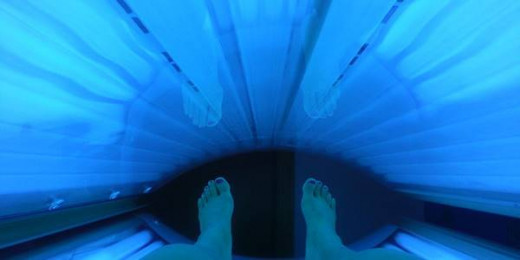
Pros
1. Appearance. Many people like how they look with a tan. They feel more confident in clothing, especially bathing suits. Men and women with obvious tan lines often use indoor tanning to even out their color. A little color in the face makes for a radiant complexion, and also aids in disguising blemishes and discoloration. I find that I don't feel the need to wear foundation when I have some nice color in my face.
2. Medical advantages. While this seems to contradict the #1 con of spray tanning, it is valid in the case of those who suffer from seasonal depression, acne, or other skin conditions. Here are some links regarding medical benefits of tanning for some individuals:
http://www.healthguidance.org/entry/14911/1/Benefits-of-Indoor-Tanning.html
http://www.healthguidance.org/entry/1659/1/Seasonal-Affective-Disorder-and-Tanning-Salons.html
http://totallytan.net/faqs-and-benefits/tanning-faqs/
You can't deny that you feel better after soaking up some good old vitamin D. It is definitely relaxing, and can certainly be helpful for those who live in places that are cold and dark for most of the year.
3. Burn prevention. Again, this seems counter-intuitive, but indoor tanning can actually protect your skin in some cases. For example: Delilah is going on a weeklong cruise to the Bahamas. She has fair skin, and even when she wears sunscreen, she always ends up burning. Ideally, she'd like to get some color on her cruise instead of being in pain and peeling the whole time. If Delilah very carefully builds up color at the indoor tanning salon, this tan will serve as further protection for her skin on her cruise. She should still use sunscreen, of course, but this controlled darkening of her skin will make it more likely that she will bronze and less likely that she will burn. No one wants to ruin their vacation with a painful and unsightly sunburn!
4. Time. If you're determined to get that tan no matter how long you have to sit in the sun for it, you might as well save yourself around four hours outside and head to the salon. Depending on the bed, around twelve minutes in a tanning bed is the equivalent to four hours outside on a sunny day. On this same note, some places simply don't offer a lot of sunny days, but there's always sun at the salon.
After considering the pros and cons, it's time that you prepare for your first tanning experience. The purpose of this article is to assist those who have decided to go indoor tanning in the UV beds to maximize the "pros" and minimize the "cons" of tanning.
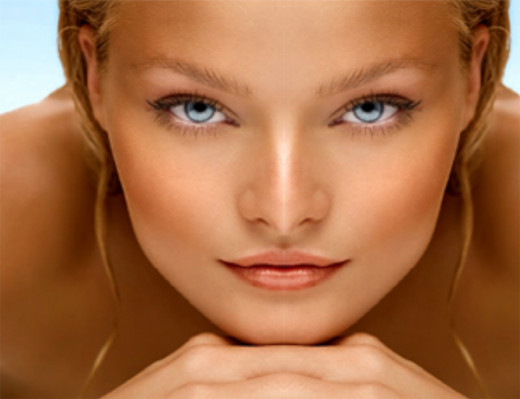
Step One: Research your Salons
Many tanning salons nowadays have their own websites, which makes it convenient for you to do a little research without having to head to each one in your area. Trust me when I say this: not all tanning salons are created equal. Some have tons of options and nicer beds while others only have a couple of the lower-level beds, and that's not where you want to start your tanning. You'll want to consider what beds they have (higher level beds are better for your skin), their hours and how they work with your schedule, prices, different pass options, distance from home, and cleanliness of the salon. Pictures can help you to determine the cleanliness factor, as well as getting recommendations from friends who tan or even talking to the employees there about their cleaning responsibilities. Some salons are simply better maintained than other ones, and a better maintained salon will make a better experience for you.
Here are some examples of tanning salon sites:
http://seattlesuntan.com/locations/
Some websites don't have all of the information you might want, and some salons don't have websites at all. In that case, call up their employees. Unless the salon is particularly busy, they will probably be very helpful to you.
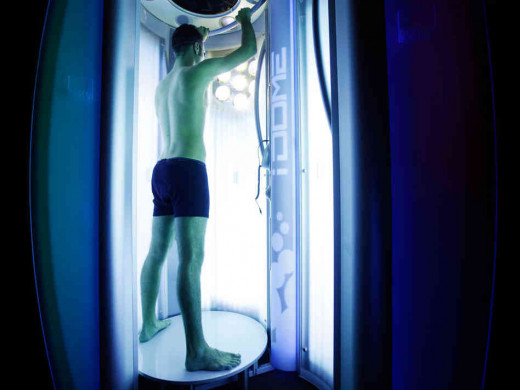
Step Two: Pick a Bed
Every salon will label the UV beds differently. Some ways they might label them include numbers, bulb type, or other names they arbitrarily give the beds to indicate their levels like “silver” and “diamond.” You can get familiar with the names of the beds by utilizing the website, calling the salon, or going into the salon and asking for a tour and pamphlet, which is often most helpful. Here are the basics that you need to know:
Higher-level beds, which will cost the most at the salon, have the lowest amount of burning rays and penetrate the deepest into the skin. The higher the bed level and the deeper the rays penetrate, the slower you’ll see the color develop. These higher-level beds also create tans that are the most natural-looking, offer the most protection from sunburn, and last the longest. The nicer the bed, the less likely you are to burn or damage your skin. The highest level bed that I have heard of personally is the “high pressure,” which may also be called a “diamond” or a “level 5” or “level 6” depending on the salon. It is best for your skin to start in the highest bed possible and take your time developing your color. It will end up lasting the longest as well.
If you’re really in need of instant color, the middle to lower-level beds actually offer more instant color because the rays are focused on your top few layers of skin. The downsides of using these beds are that 1) there’s a good chance you’ll burn, thus damaging your skin and 2) your color won’t last very long.

Step Three: Pick a Pass
You’ll find different passes at different salons. Some of the ones I have heard of include memberships, 10 passes, 5 passes, two-week passes, and single tans.
Memberships
Let the employees tell you the details of the membership. Buying a membership means buying unlimited tanning (as long as you abide by your state's tanning max laws.) Oftentimes they’re month-to-month, and other times they require you to sign a contract to maintain the membership for a certain amount of time. If you’re planning on coming frequently, like twice or more a week, for more than a month, the membership is probably the cheapest deal for you.
10 Pass
This is a package of 10 tans. Check how long they last on your account. This is often the best deal for sporadic tanners. If you’re planning on tanning a few times and then stopping for a while, then coming back, or if you just want to go tan once a month or something like that, this is the right pass for you.
5 Pass
This is just like the 10 pass, but a smaller commitment. If you want to go just five times and you’re not sure when you’ll make it into the salon, this is a nice little pass to have.
2-week Pass
I’ve only seen this once or twice, but this is a great pass for those of you prepping for an upcoming event like a wedding or cruise. You can tan every other day or even every day to make the most of your time.
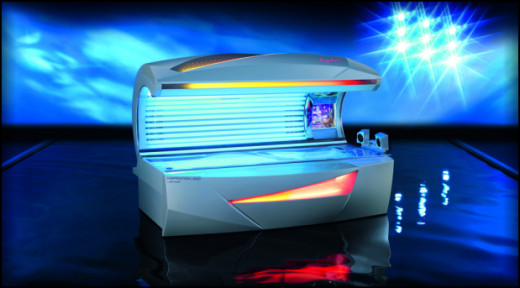
Step Four: Get your Products
What products do you really need to get the most from your indoor tanning experience? There's no perfect answer, because everyone is different, but here are a few products that are sold in salons along with their benefits:
Tanning Lotion
Having done indoor tanning and having worked at a tanning salon, I strongly recommend that all who engage in indoor tanning use a tanning lotion. There are so many varieties of tanning lotions and they all have different perks and scents. Let your tanning consultant guide you. Don’t use a tanning oil or a sunscreen in the beds, as they can damage the beds (and the oil can damage your skin!) In general, tanning lotions flatten your skin cells so that your skin better receives the UV rays and your body optimizes the time you have in the bed. When you use a lotion, you get the most out of each tan because your body starts producing melanin much more quickly with a lotion than without. It is also very moisturizing, which helps with the maintenance of the tan and prevention of peeling, itching, and undesirable dry skin. Some lotions even have skin care benefits like anti-aging properties, and if you’re worried about skin care like I am, I recommend investing in a nicer lotion like this. Here are some acclaimed tanning lotion brands that are often sold in salons:
Tanning lotions can get expensive, and you may be tempted to buy your lotion online or at a place like Walmart. Using a Walmart tanning lotion is certainly better than using nothing and letting your skin dry out, but you won’t see the same results that you will with a nice lotion brand. Some people have success ordering a nice tanning lotion online, but this is always risky. Lotions may be expired or simply bottles filled with something else. I’ve heard some horror stories from those who have ordered lotions online. I have also heard of successes. The guaranteed safest place to make your product purchases is at your salon.
After Tan Lotion
The purpose of after-tan or after-sun lotion is to moisturize the skin and therefore lengthen the life of the tan. Some have added bronzers like many of the lotions do as well. If you love the look of your darker skin, and you can’t get into the salon all the time or don’t want to, this is a good investment for you.
Facial Lotion
It is best to put regular tanning lotion all over your body but not on your face. Facial skin is much thinner than the skin on the rest of your body, and regular tanning lotion can be too strong for the face, causing uneven color, breakouts, or even reactions. Some people are able to put the regular lotion on their faces, and if you’re brave, you can give it a try. I prefer to use a facial lotion. If I’m going to invest in anything, it’s my face! Using a lotion on my face gives me color that matches my body and keeps the wrinkles at bay! I worry about wrinkling from tanning, so I’m a big advocate for face lotion.
Tattoo Stick
You can guess what this is for. Even better than a tattoo stick is a lotion with built-in tattoo protection. The stick is more like sunscreen, and you want to avoid looking extra white right around your tattoos. Whether you use a tattoo stick or tattoo protecting lotion, make sure to use something to keep those tattoos from fading.

Step Five: Dealing with the Sales
Many tanning salon employees are paid commission. Once again, depending on the location and competitiveness of the salon you go to, the employees may try to sell a product or service to you every single time you walk in the door. Here's my suggestion: don't let this deter you from getting a pass with a particular salon. Oftentimes, the better salons have more sales-y employees, but a better salon is still worth the time spent talking to the sales girls (or boys). We all have those days that we wish they wouldn't make their pitch, but being polite is always the best way to go. Listen, too--there is a point to all of their products and services, and you never know when you'll hear about a deal that will improve your tanning experience for good. Hear them out, and if you don't feel like the product or service is right for you, politely reject them. It may take a few polite rejections until they quit badgering you, but they'll appreciate that you took the time to listen. You absolutely don’t have to say yes to a product or service that you don’t think is right for you, but it’s best you maintain a decent relationship with the employees since you’ll be seeing them again.
Now you’re ready to go get some color.
